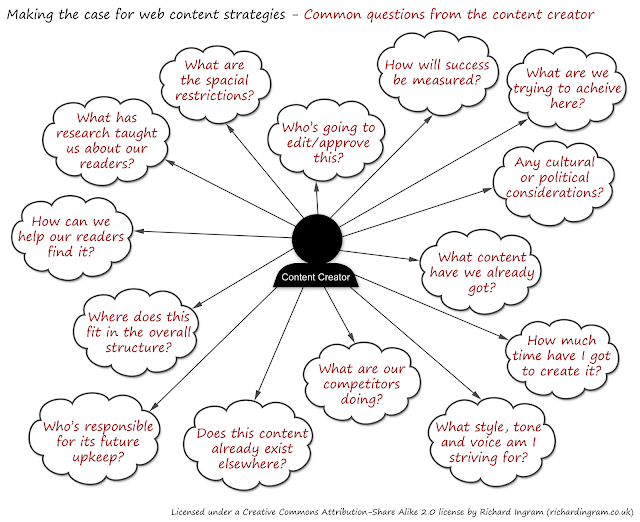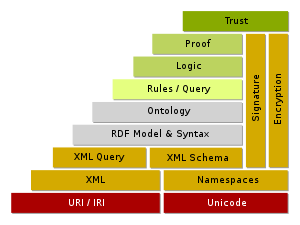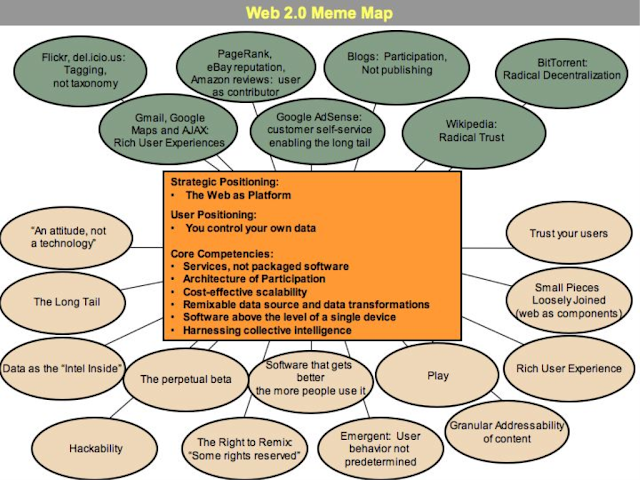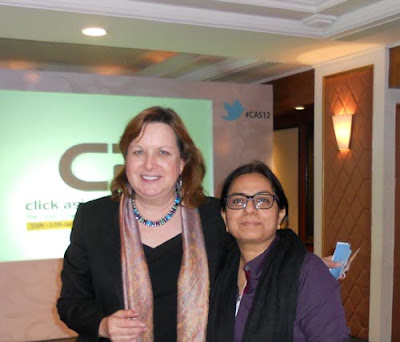The digital world has changed the way a brand image is created in the minds of the people. People today are creating an image about your company by going through the company website, reading the buzz on social media and reading what you post on your blog and the company social media profiles.
Many times by the time your potential customer reaches your online store or real time shop to buy the product he already has a lot of information about you, your company, products and services. This information does not only come from the content that you post on the web but also from the content which others post about your company , products and services.
Armed with so much of info. and a platform to discuss about the brand openly the customer is more confident of taking a decision but at the same time has very high expectations depending on what impressions he has created about the brand in his mind.
In such a situation it is very important that the sales staff or the online buying procedure on the site clarifies each and every expectation realistically.
So, basically it is the content, which is creating the brand. Content in all forms images, text, videos, audio, news, PR Releases, etc. and also the content on social media which gets linked because of the connectivity and all this thus leads to a brand image.
If your content is directly related to the image of the brand then having a content strategy is a must. Hence, it is not only about adding blogposts, videos and images to your website or go on a posting spree on the social media sites.
Having a content strategy is the first step. The strategy has to come before the technology you select to host and promote it.
A Content Strategy should define:
· The audience for whom the content is created
· What type of content is right for which type of message
· It has to be on a regular basis with the quality improving over time
· It should preferably in a continuous , engaging, interactive story form.
· It should encourage and make people add to the existing content via comments, social media posts and discussions
 The ultimate goal of all this content creation should be the conversion of this digital content to a digital asset. As acquisition and maintenance of any asset requires investment, content creation and promotion also requires strategic investment and planning.
The ultimate goal of all this content creation should be the conversion of this digital content to a digital asset. As acquisition and maintenance of any asset requires investment, content creation and promotion also requires strategic investment and planning.
Hence, investing in a right team to create , correlate and promote content is one of the important online marketing decisions.
The following video puts forward this idea very creatively.
Coca Cola Content 2020 : We will move from creative excellence to content excellence. The purpose of content excellence is to create ideas so contagious that they cannot be controlled….
Is your content contagious enough to create or promote your brand?


















